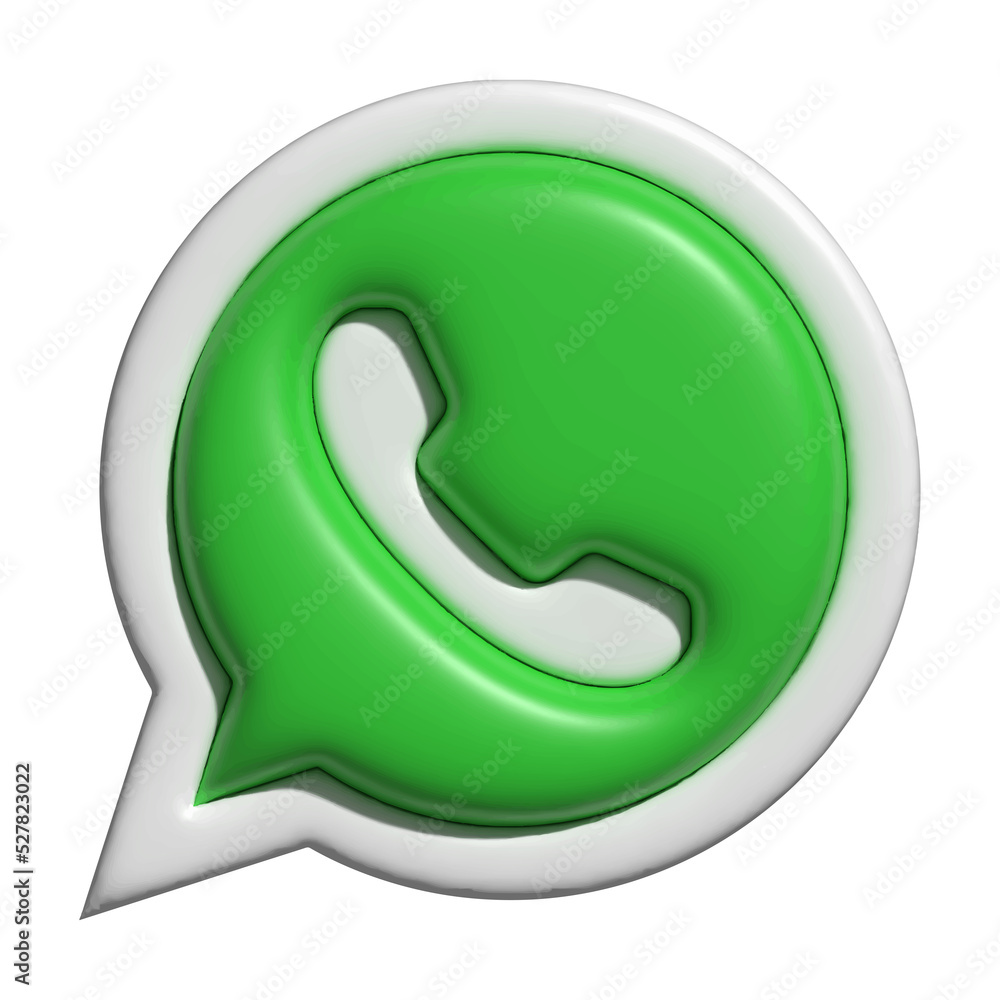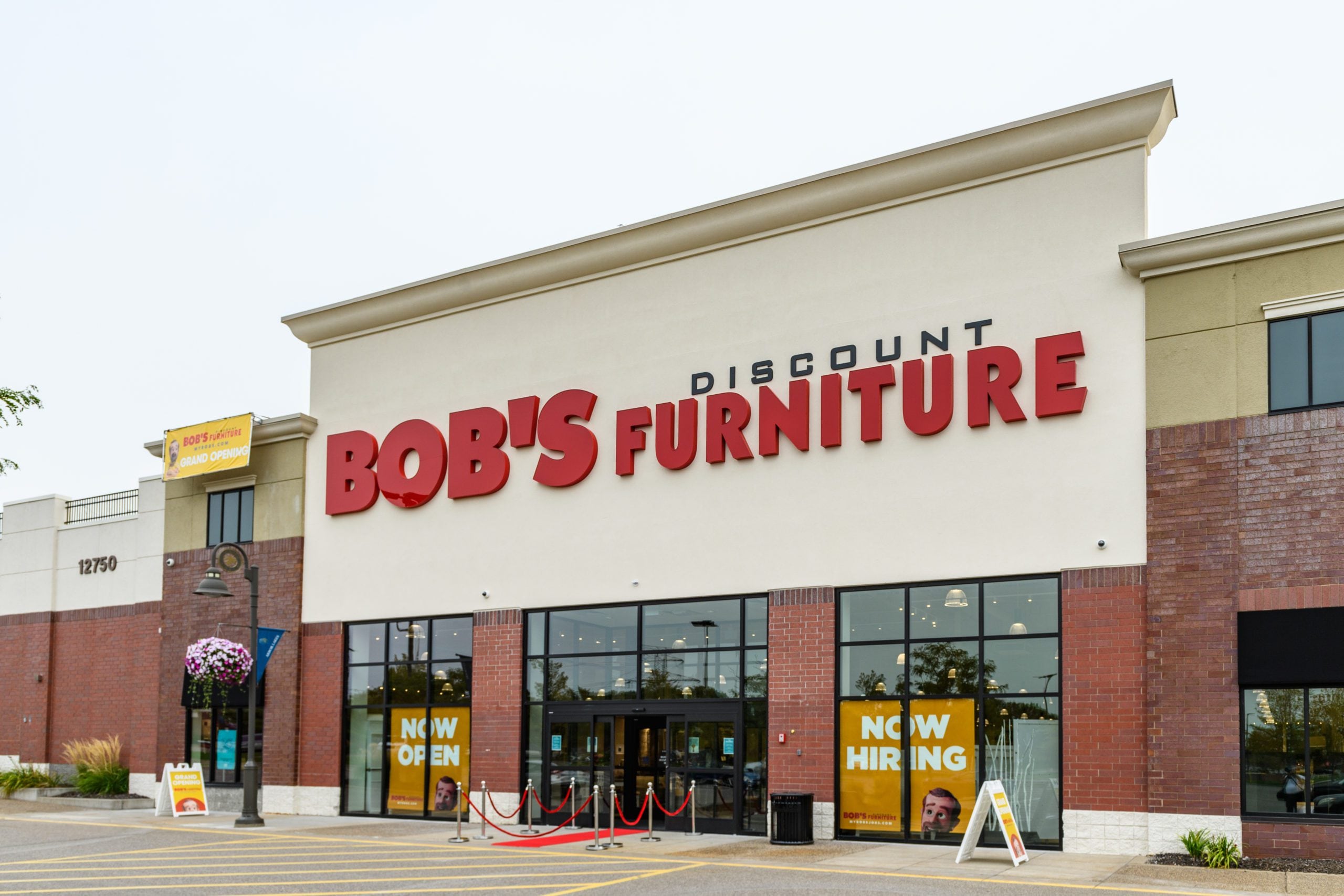The allure of Sea Monkeys has captivated many, promising a fascinating and low-maintenance pet experience. For those unfamiliar, Sea Monkeys are actually a type of brine shrimp (Artemia salina) that have been marketed as a novelty pet. The kits, which typically include everything needed to raise these tiny crustaceans, have been a subject of curiosity and sometimes disappointment. Let’s dive into what you can expect from a Sea Monkey kit and provide a comprehensive guide on how to care for them, should you decide to embark on this unique adventure.
What’s in a Sea Monkey Kit?
A standard Sea Monkey kit usually contains: - Sea Monkey Eggs: These are the dried, cyst-like eggs of brine shrimp. They are incredibly resilient and can survive out of water for extended periods. - Food: Specialized food for brine shrimp, which is often in the form of a powder or small pellets. - Water Purifier: To ensure the water is safe for the Sea Monkeys, a purifier or a packet of purifying powder is included. - Instructions: A guide on how to hatch and care for your Sea Monkeys. - Container: Sometimes, a small aquarium or container is provided, though this can vary.
Easy Care Guide
Caring for Sea Monkeys is relatively straightforward but requires attention to detail to ensure they thrive.
1. Setting Up the Environment
- Begin by thoroughly washing your hands to prevent any contamination.
- If your kit includes a container, make sure it’s clean. If not, you can use a small, clean glass or plastic container.
- Fill the container with water, but not too much—about an inch or two deep is sufficient.
- Add the water purifier according to the instructions to remove chlorine and chloramines from the tap water.
2. Hatching the Eggs
- Once the water is prepared, add the Sea Monkey eggs. The package will usually have specific instructions, but generally, you sprinkle the eggs into the water.
- Place the container in a warm, well-lit area but not in direct sunlight, which can cause overheating.
- It can take anywhere from a few days to a week for the eggs to hatch, depending on the conditions.
3. Feeding Your Sea Monkeys
- After hatching, you’ll start to see tiny, swimming creatures. It’s essential to feed them correctly to ensure they grow.
- Use the food provided with the kit, following the feeding instructions carefully. Overfeeding can be harmful, so moderation is key.
- Observe your Sea Monkeys; they should be active and swimming around.
4. Maintaining the Environment
- Regularly check the water level and top it off as necessary to prevent evaporation.
- Ensure the water doesn’t become too cloudy or dirty. If it does, you may need to perform a partial water change, but be cautious not to stress the Sea Monkeys.
- Keep the container clean and free of debris.
5. Monitoring Health
- Active swimming is a good sign of health. If your Sea Monkeys are lethargic, not moving, or have died, it may indicate poor water quality or improper care.
- Be prepared for the lifespan of brine shrimp, which is typically a few weeks. Their life cycle is part of their natural biology.
Conclusion
Raising Sea Monkeys can be a rewarding experience, especially for children, teaching them about responsibility and the basics of aquatic life. However, it’s crucial to understand that the marketing around Sea Monkeys often exaggerates their size, intelligence, and complexity. They are brine shrimp, which, while fascinating in their own right, do not behave like the pets many might imagine. With the right care and realistic expectations, you can enjoy watching these tiny creatures thrive in their miniature world.
How long do Sea Monkeys live?
+Sea Monkeys, or brine shrimp, typically live for a few weeks. Their lifespan can vary based on factors like water quality, food availability, and environmental conditions.
Can I keep Sea Monkeys in a regular fish tank?
+While it's technically possible, it's not recommended. Sea Monkeys are small and can be eaten by other fish. They also require specific water conditions that might not be suitable for other aquatic pets.
How often should I feed my Sea Monkeys?
+Feed your Sea Monkeys as instructed by the kit. Overfeeding can be harmful, so it's better to err on the side of caution. Generally, feeding once a day is sufficient, but this can vary based on the age and health of your Sea Monkeys.
By following these guidelines and understanding the true nature of Sea Monkeys, you can enjoy a unique and educational experience with these tiny, fascinating creatures. Remember, the key to success lies in meticulous care and a deep appreciation for the simple, yet captivating world of brine shrimp.


